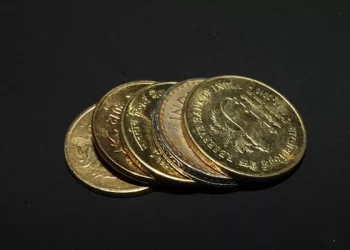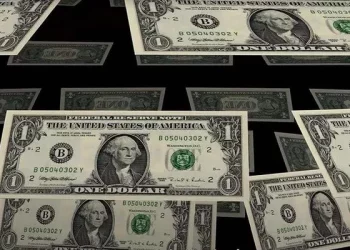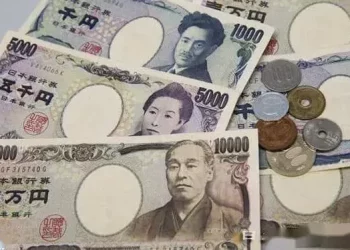(Spot Exchange Transactions) : also known as Spot trading or Spot trading, refers to the transaction of the two parties in the same day or within two trading days.
Spot transactions are usually delivered within the same day or two business days, usually on the second business day after closing, such as London, New York, Paris and other markets.
In the Hong Kong market of China, the spot transaction of the exchange rate is settled on the same day, the Hong Kong dollar exchange rate is settled on the next day, and other transactions are settled on the second business day after the transaction on the third day.
The spot market is a highly specialized market composed of banks and foreign exchange brokers. Companies and individuals can only buy and sell spot foreign exchange through the banks as customers of the banks. They cannot become direct members of the market.
At present, the spot foreign exchange market has far surpassed other trading methods in the foreign exchange market both in terms of gross turnover and average turnover per transaction.
Such as futures, forward and options.
In China, individuals are mainly in the spot foreign exchange market. Individuals cannot make transactions directly, but must go through banks. Individuals who want to engage in this business can open an account at a bank that has already opened foreign exchange transactions.
Spot foreign exchange transaction is the most commonly used transaction method in the foreign exchange market, which accounts for most of the total foreign exchange transaction.
The main reason is that spot foreign exchange trading can not only meet the buyers’ temporary payment needs, but also help buyers and sellers adjust the currency ratio to avoid risks.
By trading spot foreign exchange in the same amount and in the opposite direction as the existing exposure position (the difference between foreign exchange assets and liabilities), a company can eliminate the losses caused by fluctuations within two days.
Spot FX offers limited hedging because it only fixes the third-day delivery rate in advance.
A foreign exchange transaction in which two different currencies are exchanged at an agreed exchange rate and cleared one or two business days later.
Its function is to meet the temporary payment needs and realize the international transfer of monetary purchasing power;
To adjust the proportion of various foreign exchange positions through spot foreign exchange transactions and maintain the balance of foreign exchange positions to avoid the risk of economic fluctuations;
Make use of spot exchange transactions and forward transactions to cooperate, foreign exchange speculation, seek speculative profits.

























